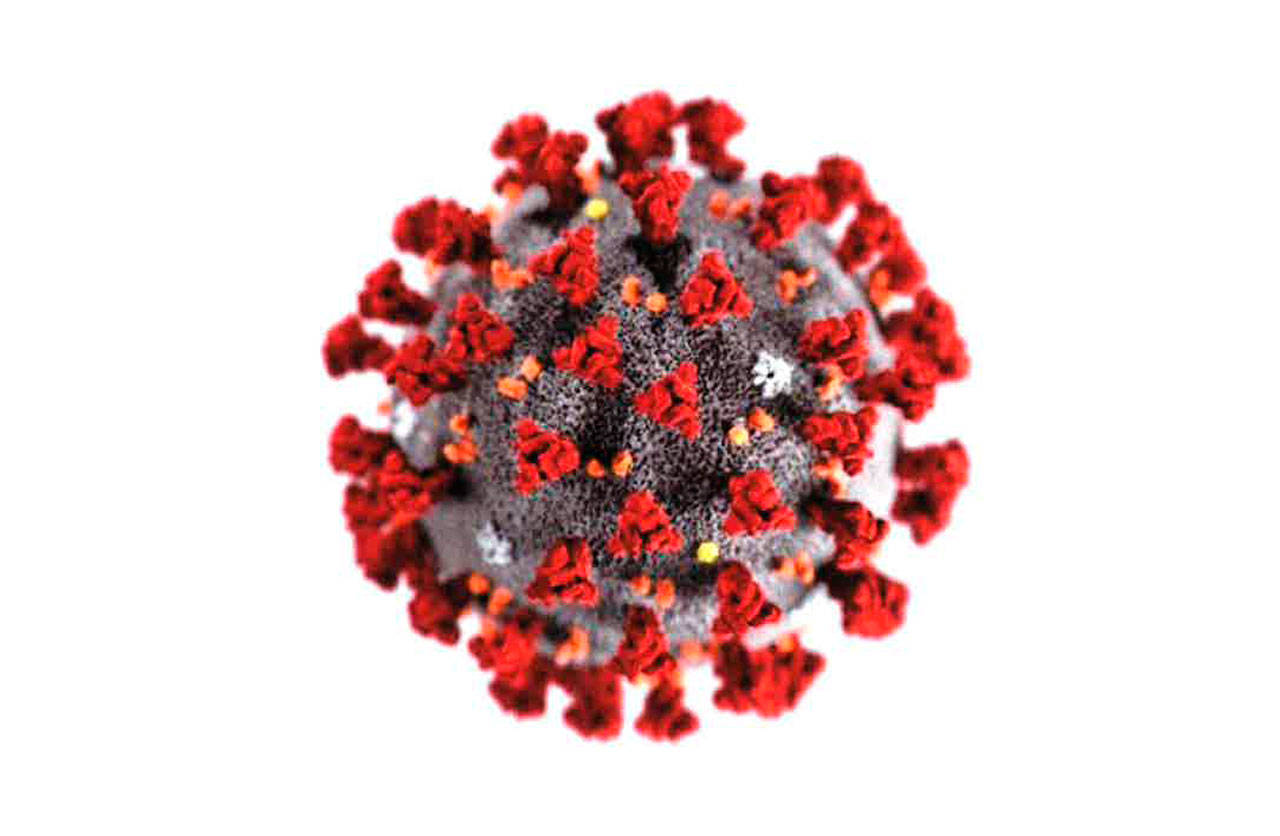Though there are strong signs that social distancing and other preventative measures have helped slow the spread of the 2019 novel coronavirus (COVID-19), Kitsap Public Health District Health Officer Dr. Susan Turner said Tuesday the county is definitely “far from being out of the woods.”
Turner, at a meeting of the Kitsap County Health Board, said it’s likely that COVID-19 will come back in new waves later in the year.
“Even when we are passed the main spread of the illness, this is then going to turn into something like the measles. And we will have to clamp down on those infections and clusters very hard.”
“We will sort of be right back where we were at the start of this thing,” Turner said.
That threat is something that’s being acknowledged at the federal level, she added.
The return of COVID-19 after the first outbreak has passed may require the reinstatement of social distancing measures and calls for people to stay at home.
Turner also noted the comparison to the measles was different in another critical aspect; vaccinations are available to fight off the measles, and the county has a high vaccination rate for measles.
Not so with COVID-19 — there’s no vaccine ready to be used.
And that’s not likely to change in time to help, she said, and so the risk from COVID-19 will remain higher.
More of the same, maybe
It is quite possible that Kitsap, as well as the state, will not have enough people immune to the disease when it returns a second time, especially if a vaccine is not developed or medicines are made available to help those who have symptoms.
That may prompt a return to social distancing and other measures to prevent a future spread of COVID-19, officials said.
Turner recalled the 1918 “Spanish flu” pandemic, which hit the United States in three waves.
“It certainly wouldn’t be non-historical,” she said, if COVID-19 comes back.
Bainbridge Councilman Kol Medina, a member of the county health board, asked how much of a chance the community faces for another wave of COVID-19 and has to “shut down again.”
“Today isn’t 1918,” he said, noting the advances that have been made in communications and other areas.
“What are the betting odds here?” Medina asked.
“I’m not sure I know that at all,” Turner replied, and added that the question really centers on how many people in Kitsap would remain non-immune to coronavirus.
“I am daunted thinking about that,” she said, especially given the steps the community is making now to slow the spread of COVID-19.
“And there is no vaccine on the horizon that I am aware of,” Turner added. “We have heard nothing about a vaccine anywhere near the horizon.”
A sad start
Health officials started Tuesday’s board meeting with condolences for the family of the first person in Kitsap County to die of the disease.
Officials announced the first fatality of COVID-19 in Kitsap on Monday, and said the person who died was an older adult who had underlying health conditions.
Having the first local fatality attributed to COVID-19 was not a shock.
“We are not surprised, but, of course, this is very sad and our hearts go out to the family and their loved ones,” Turner said.
Health officials announced Tuesday that the total number of confirmed cases of COVID-19 in Kitsap had risen to 119, with an 11th case found on Bainbridge.
But Turner put a significant disclaimer on the total number of confirmed cases, and the total number of tests that have been done.
“This is a limited sample … it only represents the individuals who received testing,” she said.
Testing has been extremely limited due to a global shortage of testing supplies, Turner noted.
“This is a limited sample … it only represents the individuals who received testing.”
Modeling efforts
Health board members also received an overview of a model created at the University of Washington’s Institute for Health Metrics and Evaluations, which makes projections on the toll that COVID-19 will take not only in Washington, but in every state across the country.
The model shows that peak hospital use in Washington hit its peak on April 2, and is now predicting a lower number of coronavirus deaths in Washington — 632 by Aug. 4 — than it did previously.
An assumption built into the model is that social distancing and other measures stay in place.
Turner said she joined a statewide call last Friday that included the creator of the model, and Turner said Kitsap County is probably two weeks behind Seattle and Snohomish County, the places that were hit hardest and the earliest by COVID-19.
The model now predicts the number of deaths to the virus will start to slow down at the end of May and “peter out by June,” Turner said.
Poulsbo Mayor Becky Erickson, also a member of the county health board, said she has been monitoring updates to the model on a frequent basis.
“It’s really heartening to see that what we are doing is working,” she said.
Though people are having trouble with social distancing and staying at home, Erickson noted how the COVID-19 crisis was hitting other states.
The situation in Louisiana has been “frightening,” Erickson said.


